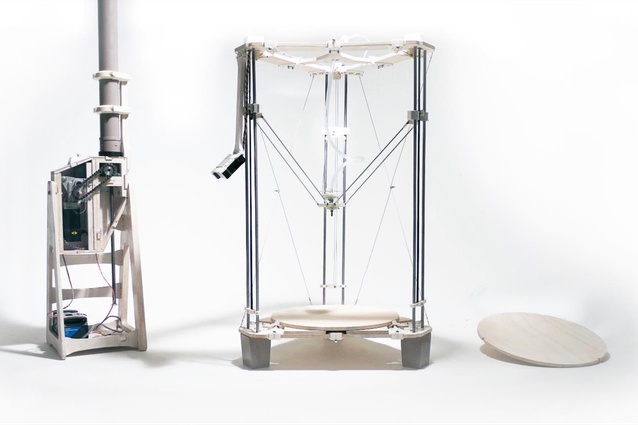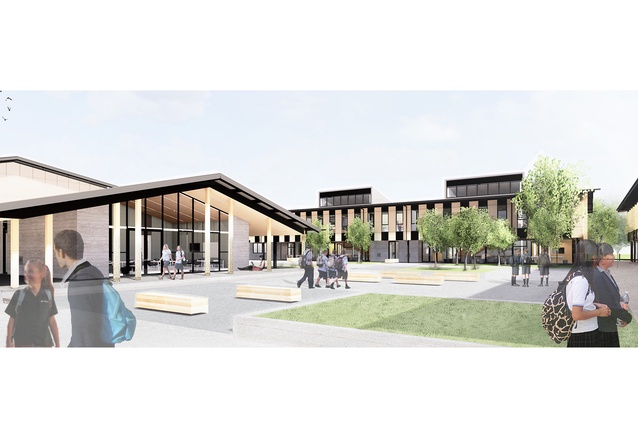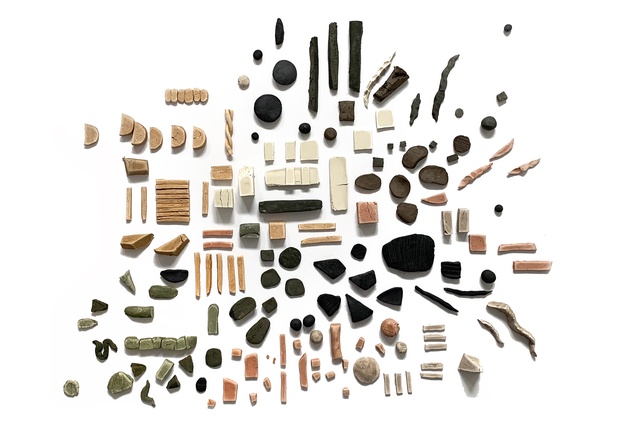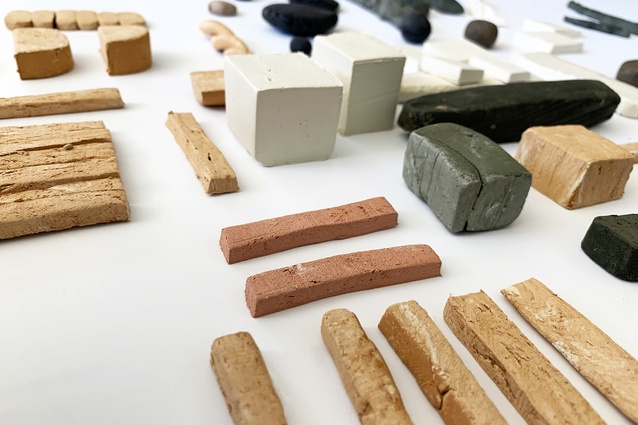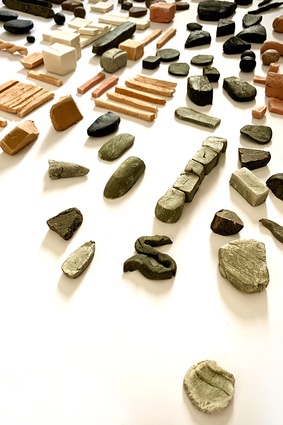On the Rise: James Durcan
The On the Rise series with Resene profiles young designers around New Zealand who are making waves with good design. This month, we travel to Christchurch to meet Architectus graduate James Durcan. Durcan’s thesis on a digitally fabricated structure near Gisborne won him the top prize at the 2015 Student Design Awards. Ashley Cusick caught up with him to hear about his work at Architectus since graduating, the future of fabrication, the importance of strong community relationships and more.
Ashley Cusick (AC): Let’s start at the beginning. When did you first become interested in architecture?
James Durcan (JD): Pretty early on, I think. I was quite young; it was when I was still at primary school, probably. I grew up in a big family, everybody was fairly creative with music or dance and art. I also grew up on a farm, so there was a mixture of creativity and industrial building and making things. It felt like a natural fit.
AC: What went into your decision to study architecture at Victoria University?
JD: I just think it was because Wellington is a cool place. It is so quirky, and because everything is condensed into a little area, it is such a pocket of interesting people.
AC: You grew up nearby in Timaru, so what led you back to Christchurch after graduating? Did you ever think about starting your career in another location?
JD: I was going to move to Auckland but then ended up getting the job in Christchurch and with the earthquakes, it just seemed like a good place to move. It was close to home and I like skiing. I never really saw myself in Christchurch earlier on in my life, but it’s worked out really well. I graduated in 2015 and it was about four or five years after the earthquakes and by the time I came down the rebuild was starting and it provided a lot of opportunities.
AC: Let’s talk about your thesis because it’s really interesting. You combined modern, digital fabrication techniques with indigenous design by working closely with the iwi local to where the project was proposed to be. Tell us more about how you landed on the idea for it.
JD: It was a combination of things. During university, I had an interest in computers and Victoria has a good “making-things mentality”, which really interests me. The opportunity to work with the iwi came through one of my lecturers, Derek, who had a good relationship with Ngāi Tāmanuhiri. It seemed like an awesome opportunity and something I had not experienced much of up to that point. Working with a real community and getting to make relationships with everybody out there was incredible. It is also clear to me that indigenous knowledge often surpasses modern technology on many levels, whether that is healthcare, landcare, or construction methods, which I loved learning about. It combined my interests in building methodologies and materials and progressive technologies with real human relationships and culture.
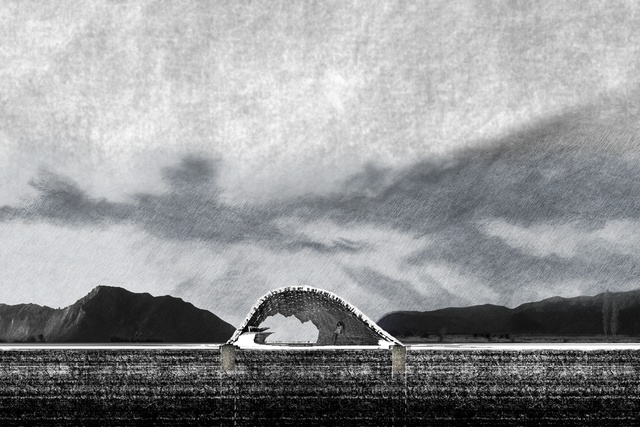
AC: So, you hadn’t done much study into indigenous architecture or design before that?
JD: A little bit, but I was probably fairly ignorant in a sense. It is something I still want to learn more about. It’s one of those things you can continue to learn throughout your life, and it gives a lot of meaning to architecture, the people, place and culture.
AC: The people I speak to who have focussed their study on indigenous design often come from Māori or Pasifika backgrounds. So, they have often grown up with those values embedded into their families and lives. You’re coming at the learning from a different starting point, in a way. Have there been any things you’ve taken from your thesis work that have changed your outlook on life or work?
JD: It makes you realise as a New Zealander how important it is to engage as much as possible – and take any chance that there is to engage – with Māori culture or iwi. I learned that there are a lot of specific things that are important to each particular iwi. I think the takeaway is probably that relationships with people are super important and to try and cultivate that as well as you can.
And, it is a giving and taking, you know. I have got so much appreciation for their land and their knowledge and, in exchange, we are bringing in these new digital technologies and trying to find a medium between the two.
AC: And, how about with your work now with Architectus? How do those learnings from your thesis play into that?
JD: There are probably a number of ways. At university, there is a freedom and an aspect of time that you often don’t get in practice, but the thing about cultivating relationships is the same in real practice. A lot of the projects are long-term, and you want to know your client and understand what their beliefs and opinions are because that will probably produce better architecture. Then, the technological side of my thesis is also relevant in architecture where the majority of buildings are built in a way that has been tried and tested for a hundred years or so. We try and ask how we can push that, whether that is through the use of computers or digital fabrication methods or something else entirely.
Though emerging technologies are more difficult to test on the types of public work we do at Architectus, and in an industry where the contractor and architect are often detached at the design stages, we do try to push for advancing technology. At the moment we are doing some interesting work on lifecycle analysis, simulating the carbon created in the construction of our designs, and pushing the use of BIM in collaboration between consultants and contractors. I was fortunate to be a part of the team on the Spreydon Primary School, which was the Ministry of Education (MoE) BIM pilot project. By all accounts, that project demonstrated how BIM aids the construction process through lower variations and better stakeholder engagement during the design process.
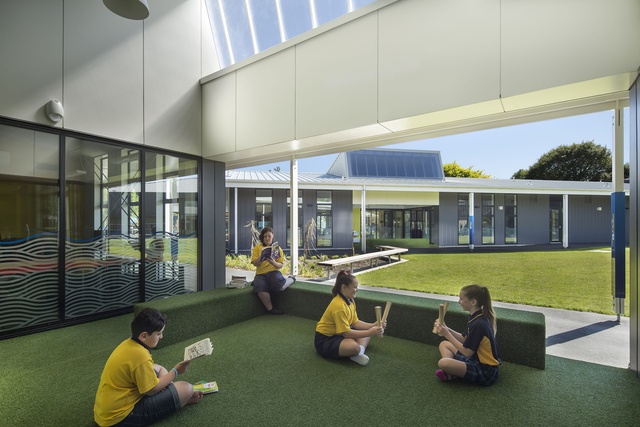
AC: Is there anything happening in the digital fabrication space that you’re particularly excited about?
JD: In New Zealand because of all of our pine trees, prefab timber or cassette frames are probably most progressing in terms of digital fabrication. 3D-printing is a little more difficult to upscale to full-blown buildings. Since I have left Vic, in the last four or five years, they have been doing some really cool things. They have a robot now and there is a Master’s student this year that is doing some cool stuff with clay. Trying to get those really progressive things into the mainstream architecture way of building is a slow thing. You could prefabricate or 3D-print a one-off building and that is really great but how can you replicate that for mass use? That is quite interesting. Definitely, pine is plentiful in New Zealand and it is sustainable in the sense that it is grown here and low carbon, so that is a good first path.
For me, I find it interesting the proximity of the building to the materials. If you can build and design something that is all from the area, that would be really cool and the most sustainable method. That is where the clay or soil is really cool because it is just sitting there and you are not cutting down a tree to use it.
AC: What else have you been working on since you joined Architectus?
JD: Quite a few different things, including the Spreydon Primary School that I mentioned earlier, which I was on right from the start to the end. It was really good to get the experience from concept to onsite. Since then we have worked on a few other education projects like Linwood College, another MoE project, a whole new rebuild of the school and that is onsite. At the moment, a really exciting project is the YMCA in Christchurch. It has received shovel-ready funding, so we are just starting to do the concept for that and it has a theatre component, a fitness centre, a preschool and a cafe. It is a really cool brief and it is in town so that is really exciting. There is also Haere-roa, the new University of Canterbury Students’ Association building that we’ve been working on here.
AC: Did you envision that you would end up working on public and education projects when you were studying?
JD: I was keen to work in a medium to large scale practice that did more public and large-scale buildings initially. I think Architectus is a really good size because it is still personal, you know everybody, but we still get to do work on larger projects. I don’t think I appreciated at university how long some projects take, though, compared to residential.
I was also quite keen to look for a design-driven practice and I think Architectus is really good at maintaining a design direction and being quite pragmatic and considered in their design. I really liked that.
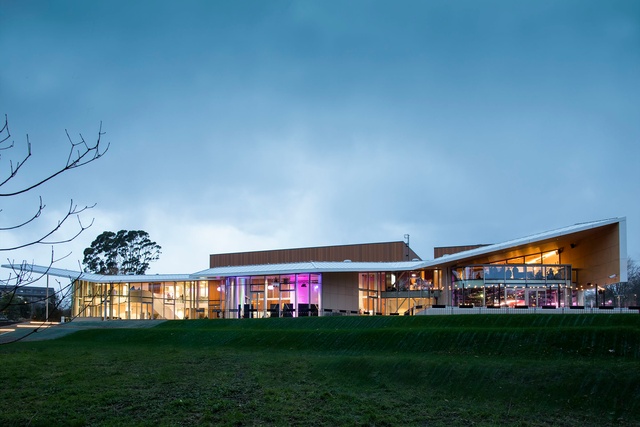
AC: What has been a highlight for you in your career so far?
JD: There is often an intense process of designing a project, but the feeling of the building coming together into a resolved scheme that finally makes sense is what I’ve enjoyed the most. There is a period of a couple of months, back and forth, of making tweaks but coming to a design conclusion is actually really cool. This probably sounds cheesy, but seeing the kids in the schools we’ve worked on has also been a huge highlight.
AC: We’ve had exceptional weather while we’ve been in Christchurch, but I’ve been really struck by how well the city is set up for pedestrians and cycling. So many of the new areas seem so activated and lively. How has being in Christchurch throughout the post-earthquake rebuilding process shaped your ideas around design and city-making?
JD: It probably shows that a city is a long-term, evolving place. It has already been ten years and the rebuild is still underway. I’ve thought a lot about how the planning and frameworks can allow for the development of a city that is going to be successful in twenty years. That is what’s difficult, especially when you don’t know how a city is going to be used in twenty years. There will always be successful (and not so successful) examples of architecture in a city but for a city to thrive, the public spaces and logistical considerations must succeed. I have enjoyed watching Christchurch itself evolving and have been surrounded by a vibrant mix of people both from New Zealand and the influx from overseas. From when I first moved after university almost five years ago, the city has transformed into a walkable and vibrant place.
As I said before, we’re working on such a wide variety of work. It has really been a great opportunity as a graduate to gain exposure. At times we have probably been far too busy and stretched thin but when I look back on it, I think I will be pleased to have been a part of such an important time in Christchurch history.
AC: From an Aucklander’s perspective, it’s felt like the people of Christchurch have been able to really engage with the rebuild. Have you noticed that?
JD: Yes, without a doubt. It has been such a long process and so confronting day-to-day that people have been more involved than perhaps they otherwise would have been. For the first few years, I feel like we would talk about the earthquakes a lot. For a while every conversation was about the Christchurch earthquakes, but it has sort of dropped off the radar a bit now.
And, we have seen Christchurch sprawl a bit, because the inner city is taking time to rebuild. That is one challenge during something like an earthquake. How can we maintain a strong core centre, when those big projects will inevitably take more time?
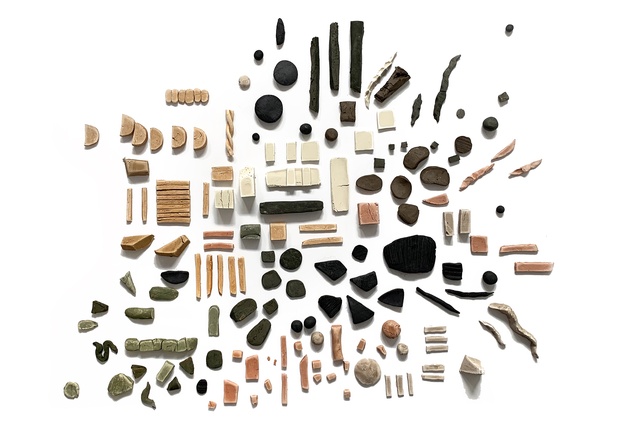
AC: What do you get up to when you’re not working? What keeps you inspired?
JD: I like to play music and paint a bit. I think it is important to maintain your own creativity outside of work because work is very collaborative and there are a lot more pressures than your own hobbies, so I really try to keep making things. And, I love skiing in the winter so I set aside my weekends for a couple of months to do that.
I was actually recently part of a charity exhibition and auction organised by my friends at the Conscious Club to raise awareness for the UN Sustainability Development Goals. Seventeen artists and creatives each created a piece to represent each goal. Mine was Sustainable Cities and Communities. I am also still in contact with the friends I made in Gisborne while working on my thesis and we are hoping to build on a Tiny Whare utilising the pine from their iwi-owned forest as the building material, so that is very exciting too and fits with notions of sustainability, community and using local resource while providing the critical need of housing.
AC: Lastly, we ask all of our On the Rise participants to create a mood board using Resene projects. Tell us a bit about what you’ve made and what the inspiration was behind the colours you chose.
For my mood board, I used Resene paints mixed with clay to create a collection of small, sculpted objects that have colour, form and texure. The resulting three-dimensional artifacts illustrate the changeability of colour as light falls on different planes and surfaces. I specifically selected tones that together create a palette that is reminiscent of the colors from South Island landscapes as I am continually amazed by the vivid and varied hues that surround us in nature, something that was made easy by the range of Resene colours that too are inspired by Aotearoa, New Zealand. I was attracted to clay as a medium because it presents endless possibilities allowing the creator to make and create with a childlike imagination and sense of playfulness – notions we should not lose as adults. The forms themselves are intentionally abstract allowing the viewer to be emersed in the dynamics of colour.
See more from the On the Rise with Resene series here.



